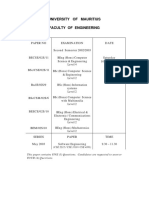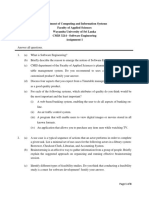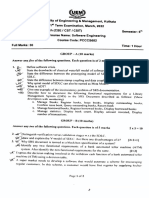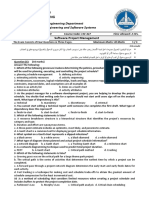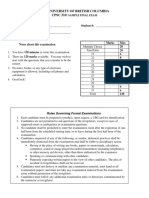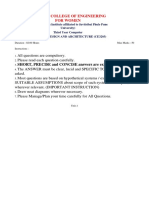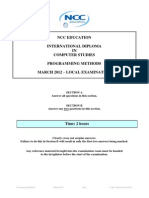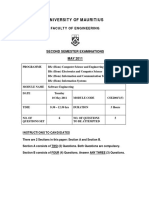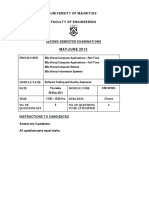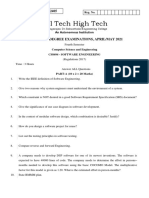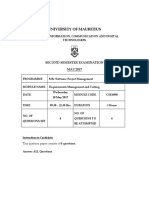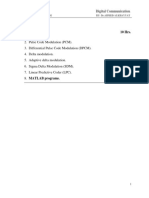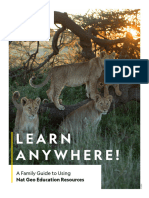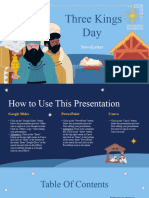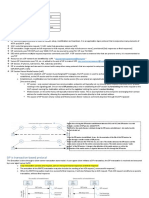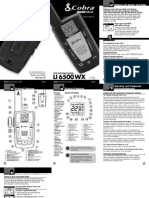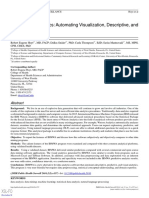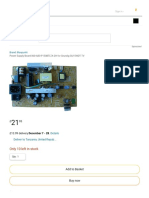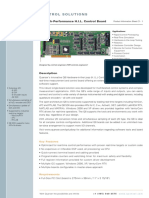0% found this document useful (0 votes)
21 views14 pages366 FinalExam Spring2018
The document is a final exam for the Software Engineering course at the University of Sharjah, consisting of multiple parts that assess knowledge in software development life cycles, UML, software metrics, and software testing. It includes various questions requiring students to demonstrate their understanding of software engineering concepts, such as SDLC models, UML diagrams, function points, and testing strategies. The exam has a total score of 45 marks, divided across four parts with specific marking schemes.
Uploaded by
Ali SultanCopyright
© © All Rights Reserved
We take content rights seriously. If you suspect this is your content, claim it here.
Available Formats
Download as DOCX, PDF, TXT or read online on Scribd
0% found this document useful (0 votes)
21 views14 pages366 FinalExam Spring2018
The document is a final exam for the Software Engineering course at the University of Sharjah, consisting of multiple parts that assess knowledge in software development life cycles, UML, software metrics, and software testing. It includes various questions requiring students to demonstrate their understanding of software engineering concepts, such as SDLC models, UML diagrams, function points, and testing strategies. The exam has a total score of 45 marks, divided across four parts with specific marking schemes.
Uploaded by
Ali SultanCopyright
© © All Rights Reserved
We take content rights seriously. If you suspect this is your content, claim it here.
Available Formats
Download as DOCX, PDF, TXT or read online on Scribd
/ 14

